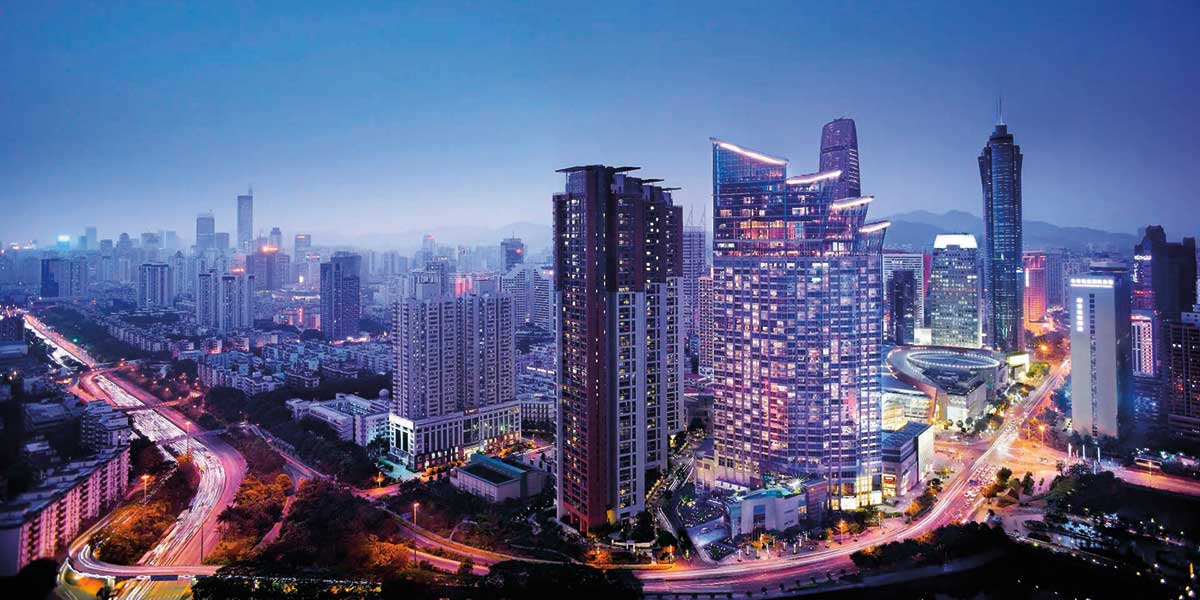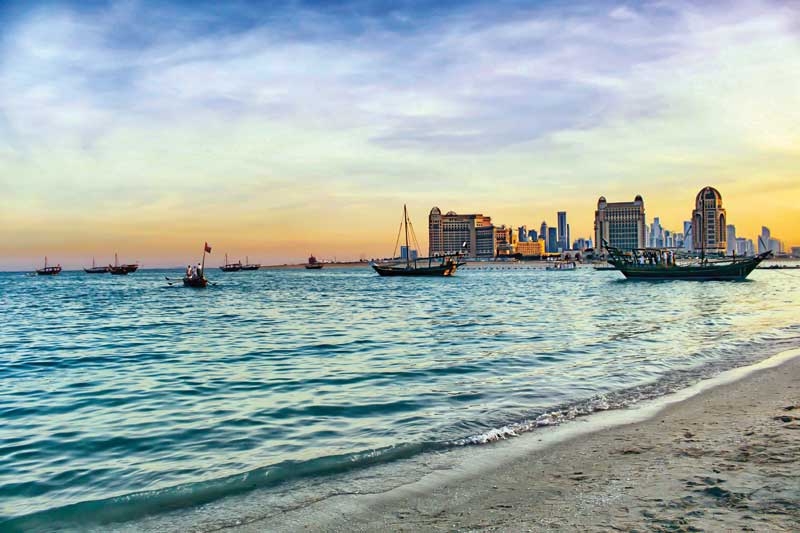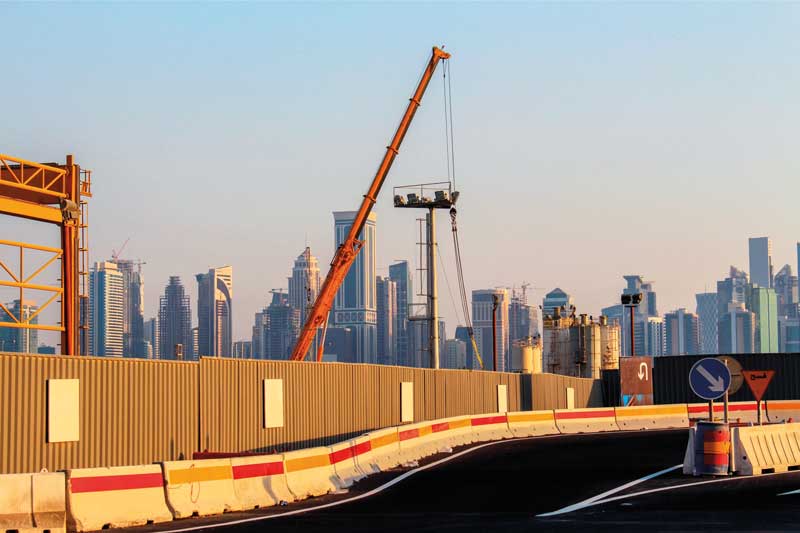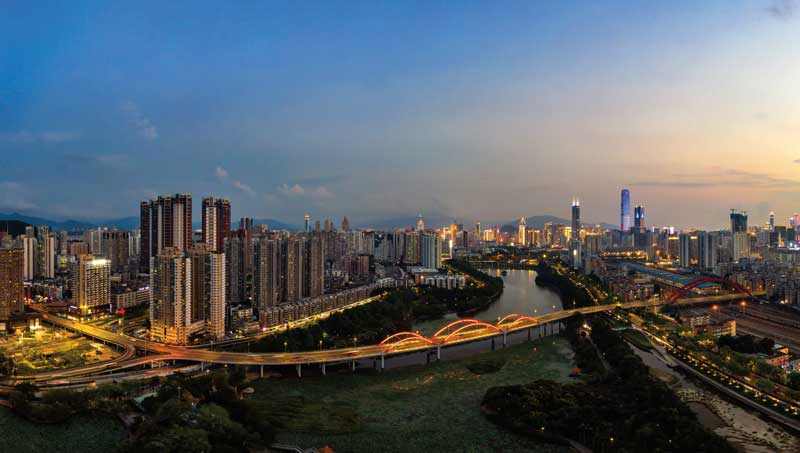In the 50's and 60's there was a broad discussion about the creation of development poles in the theories of economic development and in the sociology of development, in which the concepts of international enclaves and peripheral zones to the centers of world capitalism prevailed.
There was the idea that it was possible to disrupt and even emulate the development of the major capitals of the Western world by changing the model of production in independent or emerging economies. Japan set the example with its reverse engineering, and the Germans with their planned industrialism, which by the 1970s had put them on a par with the United States and the European powers.
But in the so-called emerging or developing countries, the idea of being able to emulate the Asian and European examples prevailed, and Mexico, which had emerged from the long process of growth achieved during the period of "stabilizing development" from 1952 to 1970, with its model of import substitution and the development of national industry based on a protectionist model, sought to turn to the Asian and European style as soon as Luis Echeverría came to power.
And then Mexico began to talk about poles of development. There was talk of four major poles: two industrial, Lázaro Cárdenas and Coatzacoalcos, and two tourist, Cancún and Los Cabos.
Undoubtedly, these four poles have achieved great growth and an unprecedented volume of investment in the last 50 years. But the experience of these development poles left very clear lessons of enclave economies that are not worth repeating, because they did not achieve economic development for all, inclusive and with harmonious social balance and impact. Much less environmental or labor, as the demands of the late twentieth century demanded in other regions of the world, and less repeatable in the present century, where these elements are also of utmost importance to take into account.
Fifty years later, the tourist poles are viable and growing, but these are closed enclave models that have not allowed their workers' populations to enjoy the welfare of the tourist areas, nor the quality of life or services available in the areas where the tourists are located; and in the case of the industrialists, the problem was worse, since there was also pollution, abuse of trade unions, and little transfer of the wealth generated by the transnationals to the population, beyond the creation of jobs and the initial investments they made, and a meager tax payment that did not end up benefiting the Mexican state at all with these investments.
FAILED INTENTION
In the early 21st century, under Presidents Vicente Fox, Felipe Calderón and Enrique Peña Nieto, the concept was revived under the modern terminology of Special Economic Zones (SEZ).
Once again, the aim was to create regional development zones that, with new examples such as Shenzhen in China, could emulate the capacity of emerging economies to achieve development at the level of the great powers. Between 1970 and 2000, the famous "Asian Tigers" had already shown the way and how it could be done and achieved, but also in Europe, Ireland and in the Middle East, with Dubai, Qatar and the Emirates, this path was already being taken.
Mexico was left with the intention of developing the SEZs. The Free Trade Agreement (FTA) had already achieved the phenomenon, to a certain extent and progress, in most of the northern part of the country and in the Center-Bajío, where these entities undoubtedly ended up hooked to the export locomotive directed to the northern market.
CORRECT DIAGNOSIS
President Andrés Manuel López Obrador's diagnosis was not wrong: 30 years of NAFTA did not involve the whole country in the modernization effort and left out a good part of the SMEs, which represent 90% of the industrial apparatus. NAFTA involved only 10% of the industrial structure, and the southern states of the country, with the exception of the development pole of Cancun and the Riviera Maya, were clearly excluded from the dynamics generated by this first modern revolution of the Mexican economy.
The theory and the need to develop the South is essential for the future balance and harmony of Mexican development.
The inclusion of the South is undoubtedly one of the clearest strategic projects proposed since the beginning of the current administration: The Interoceanic Corridor of the Isthmus of Tehuantepec (CIIT) project.
This project, as a development pole, must become, in the coming years, the main pole of investment, trade, production and employment that will spread its benefits throughout this region. We must not make the mistakes of the past, not taking into account that it is not only a question of creating industrial parks and infrastructure. Urban and housing development must be carried out in accordance with inclusive development. Include the communities in their opinions and visions of what they want their welfare to be. And that means making education and health a priority in the fight against poverty and to have healthy and productive citizens.
AVOID THE MISTAKES OF THE PAST
Serious vocational studies must be made. It is not possible to create all industries simply by naming them, or by wishing for them, or by thinking that because they are cutting-edge or modern, they will fit into any context. Investments come when basic conditions such as infrastructure, natural resources, raw materials and adequate human resources are in place, regardless of the public incentive and attraction policies of governments. Industrial parks must have very clear plans of vocation, promotion of industries derived from the defined vocation and conformation of clusters and adequate real estate development plans. The Isthmus of Tehuantepec can compete with the Panama Canal if it manages to have the infrastructure for the transit of goods, which it does not yet have. Industrial parks represent a different dynamic. They can be created and sustained more by well-defined regional vocations than by the existence of communications between the two ports of Coatzacoalcos and Salina Cruz. The latter is an advantage, but not an indispensable condition for their development.
Text:Grupo ICB
Photo: ADF / AF / ENVATO





